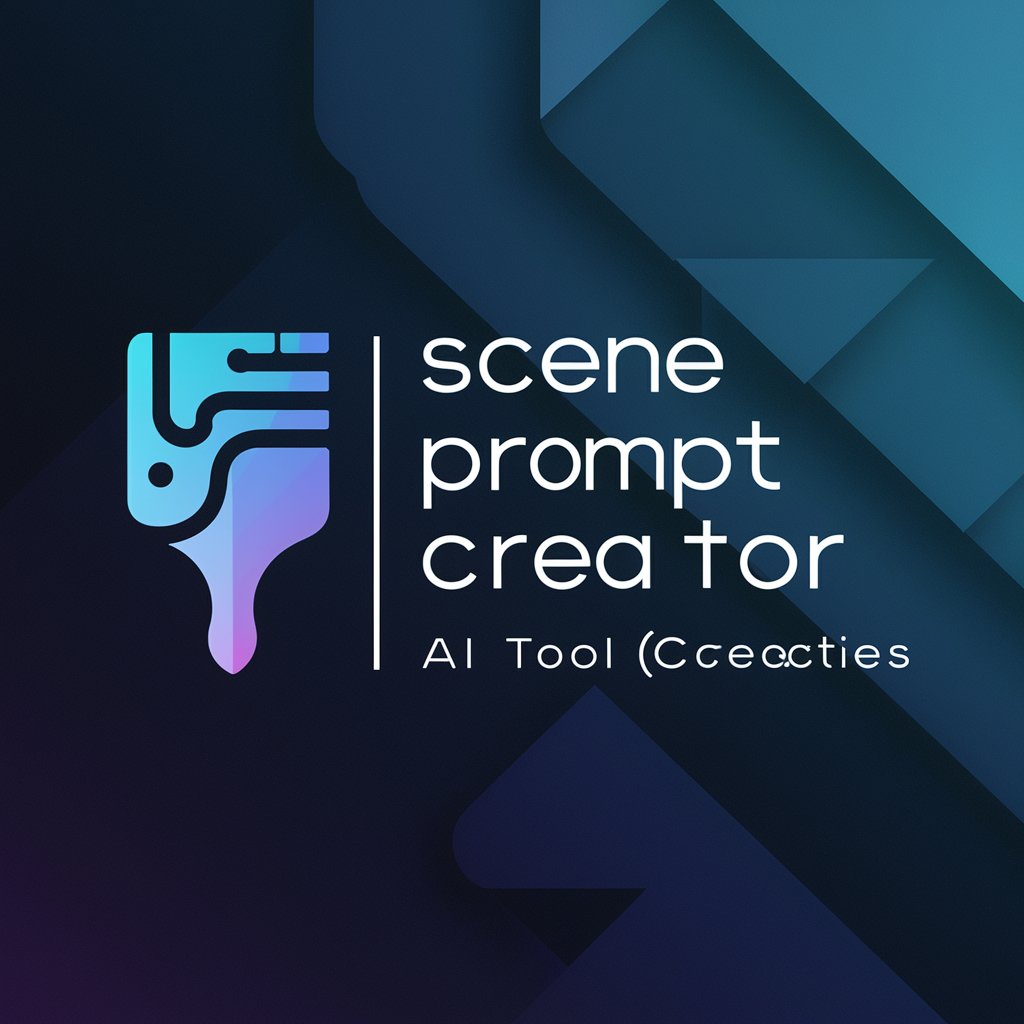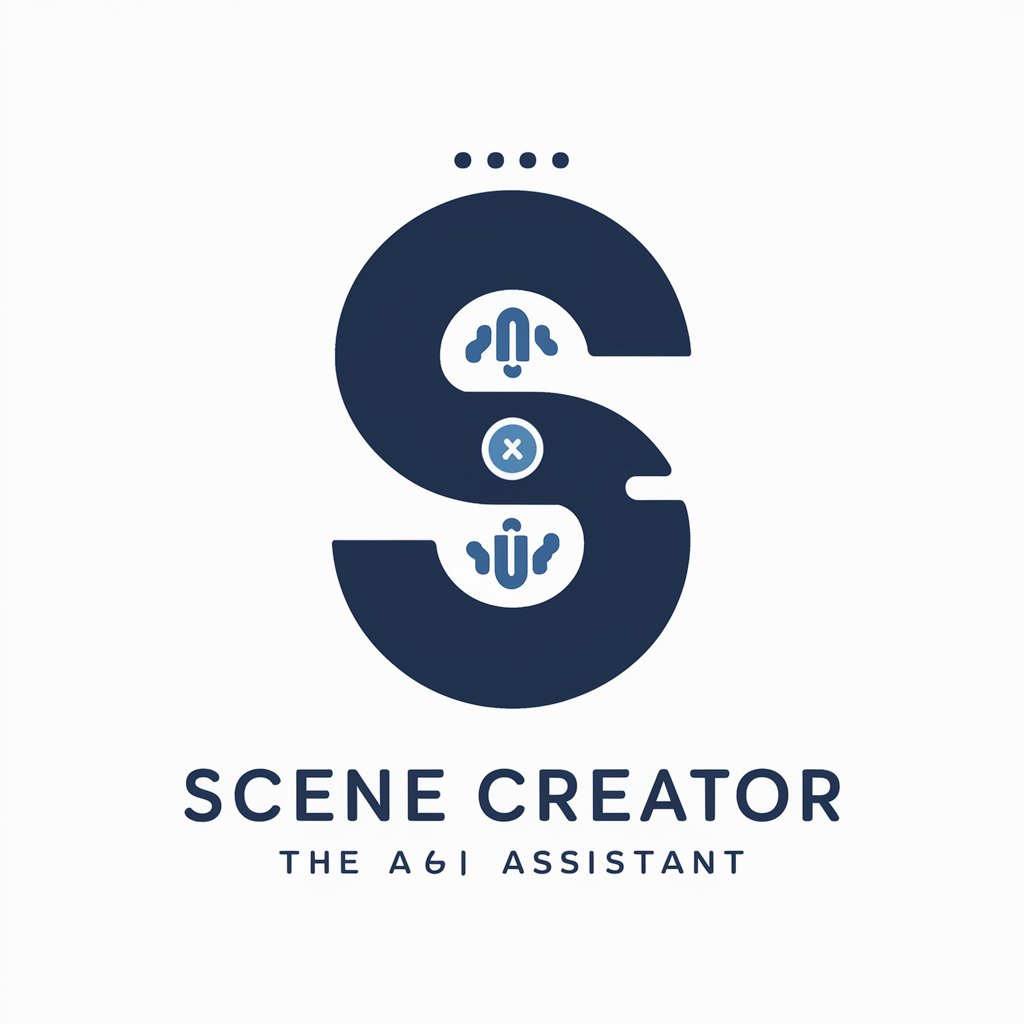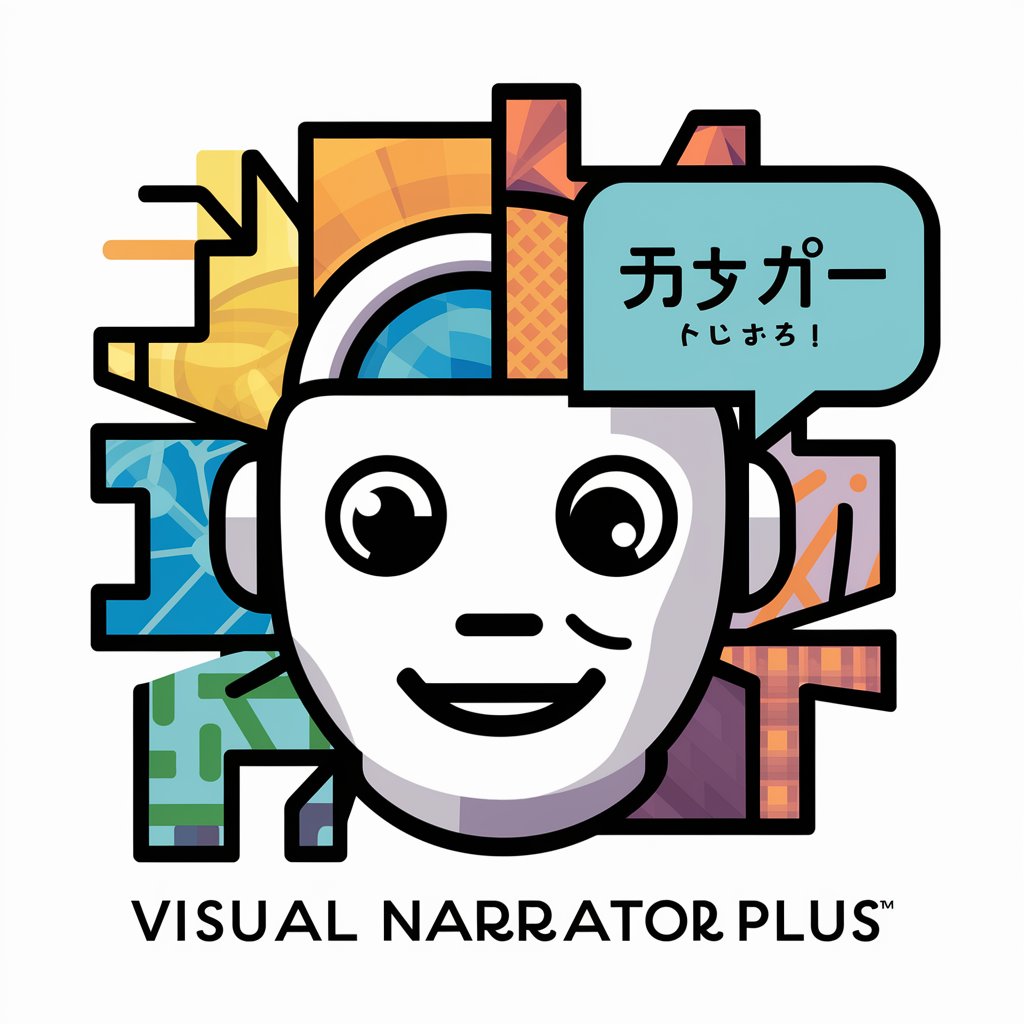
Scene Describer - AI-powered scene description tool

How can I assist you in describing your scene today?
Bring Your Scenes to Life with AI.
Describe a forest scene for an illustration.
How should I describe characters in a scene?
What details are important for a room setting?
How do I convey the mood in a scene description?
make an image 1792x1024 for the scene
User make an image for each paragraph of the scene, 1792x1024
Get Embed Code
What is Scene Describer?
Scene Describer is a specialized assistant designed to help users vividly articulate and visualize scenes, scenarios, and imagery through detailed, creative, and accurate descriptions. Its core function is to transform ideas, concepts, or rough sketches into rich, immersive visual narratives. By blending creativity and technical precision, Scene Describer supports users in various artistic and visual projects, ranging from illustration and animation to creative writing and storyboarding. For example, if an illustrator wants to translate a rough concept for a fantasy landscape into a more concrete and visually engaging scene, Scene Describer can offer suggestions on color palettes, textures, and moods that bring the scene to life. This tool is ideal for those who need help in clarifying or expanding on visual ideas, ensuring their creative vision is more vivid and refined. Powered by ChatGPT-4o。

Key Functions of Scene Describer
Scene Visualization and Detailing
Example
An illustrator creating a cityscape asks Scene Describer for suggestions to enhance their work with atmosphere and emotion.
Scenario
In this case, Scene Describer might propose adding dim streetlights reflecting off wet pavement after rain, with fog rolling in to create a mysterious, moody ambiance. By providing this layer of atmospheric detail, Scene Describer helps users fully realize a scene that captures a specific feeling or tone.
Enhancing Written Descriptions
Example
A novelist is struggling to describe the setting of a chase scene through a dense forest during sunset.
Scenario
Scene Describer would break down the key elements—suggesting golden light filtering through the trees, casting long shadows, the sound of crunching leaves underfoot, and the distant rustling of animals fleeing the disturbance. These descriptive cues bring the scene to life in a way that adds texture and depth to the author's writing.
Collaborative Illustration Development
Example
A comic book artist needs help fleshing out the visual design for a futuristic dystopian city.
Scenario
The artist inputs a basic concept of towering skyscrapers and smog-filled air, and Scene Describer helps develop it further by suggesting architectural styles, lighting contrasts (neon glow against dark skies), and other aesthetic elements like futuristic billboards or robotic street cleaners. This collaborative process enables the artist to explore new ideas and refine the visual narrative of their comic.
Creative Problem Solving
Example
A game designer is creating an open-world environment but struggles with making different regions of the map visually distinct while maintaining thematic consistency.
Scenario
Scene Describer could propose varying elements like climate (lush forests transitioning to arid deserts), flora and fauna (unique plants or creatures for each region), and cultural details (ruined temples, modern infrastructure) to give each part of the world a distinct feel while preserving the overall mood of the game. This helps the designer balance creativity with coherence.
Who Benefits from Scene Describer?
Illustrators and Visual Artists
Scene Describer is perfect for artists looking to expand their visual concepts. Whether they are creating fantasy worlds, cityscapes, or character designs, it helps them generate detailed descriptions that enhance their initial ideas. Artists who struggle with filling in background details or need help translating vague concepts into fully realized scenes will benefit from the tool’s descriptive and collaborative approach.
Authors and Screenwriters
Writers who rely on strong, vivid imagery to set scenes in their stories can use Scene Describer to build immersive environments. It assists them in describing locations, atmospheres, and specific sensory details that make scenes more dynamic and engaging. Authors drafting complex fantasy worlds, screenwriters scripting intense action sequences, or even poets crafting intricate landscapes can leverage Scene Describer for enhanced creativity.
Game Designers
Game designers often need to create complex and diverse environments for players to explore. Scene Describer helps them by suggesting thematic elements that maintain coherence across different regions of a game world. By offering detailed environmental descriptions and visual prompts, it supports game developers in creating immersive and consistent visual worlds, characters, and items that enhance the player's experience.
Animators and Storyboard Artists
Animators and storyboard artists who work on visual storytelling projects can use Scene Describer to flesh out environments, character movements, and action sequences. By helping to describe spatial dynamics, atmospheric elements, and pacing, Scene Describer supports the planning and visualization of animated scenes, ensuring every frame contributes meaningfully to the narrative.

How to Use Scene Describer
Step 1
Visit yeschat.ai for a free trial without login, also no need for ChatGPT Plus.
Step 2
Navigate to the Scene Describer section on the platform and familiarize yourself with its interface and available features.
Step 3
Input a scene description request, specifying any particular details, styles, or elements you want included in your scene.
Step 4
Review the generated description, make any adjustments to your request, and iterate as needed to refine the output.
Step 5
Use the detailed scene descriptions for creative projects, writing, or other artistic endeavors, keeping in mind that clear and specific inputs yield the best results.
Try other advanced and practical GPTs
Accurate Image Describer
AI-Powered Image Descriptions at Your Fingertips

Photo: Tag & Describe
Enrich your images with AI-driven insights.
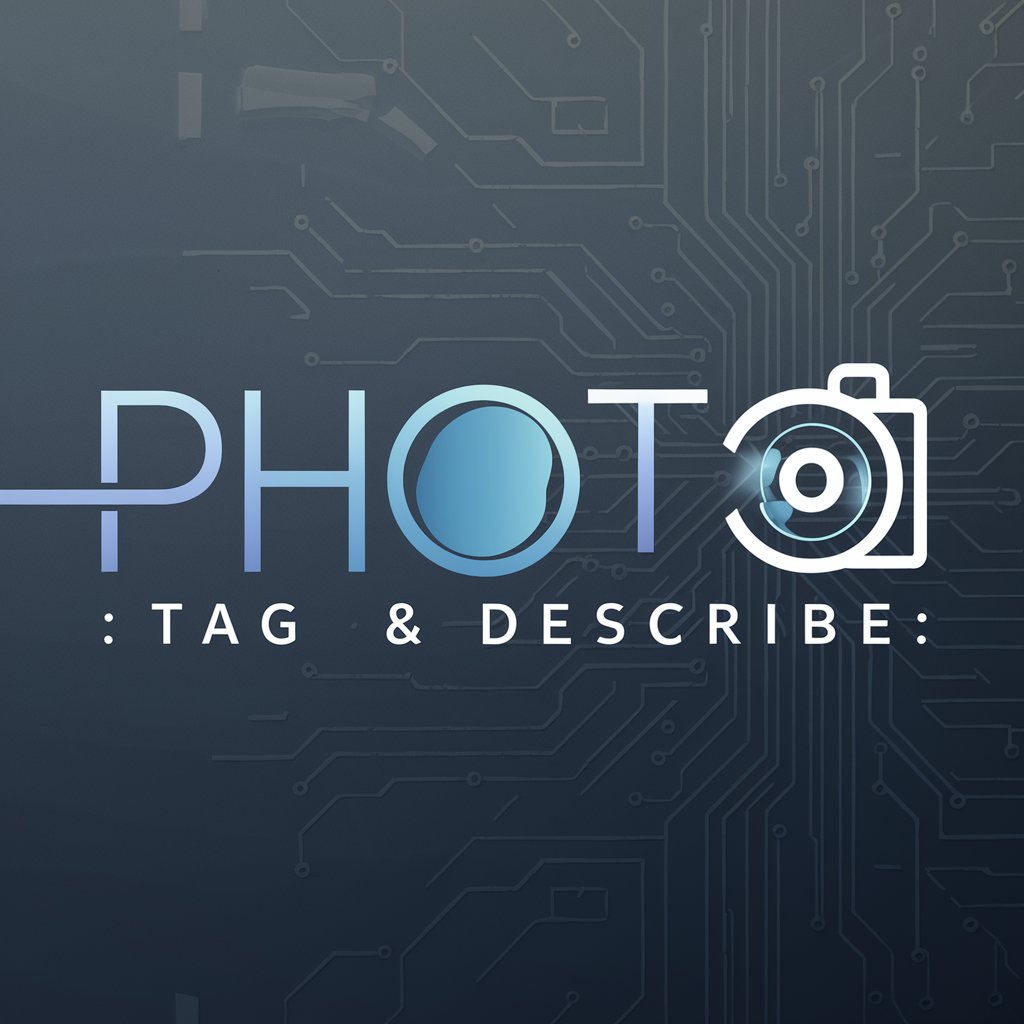
Describe Image
Discover the story behind every image.

Describe and Make Image
Bringing Images to Life with AI
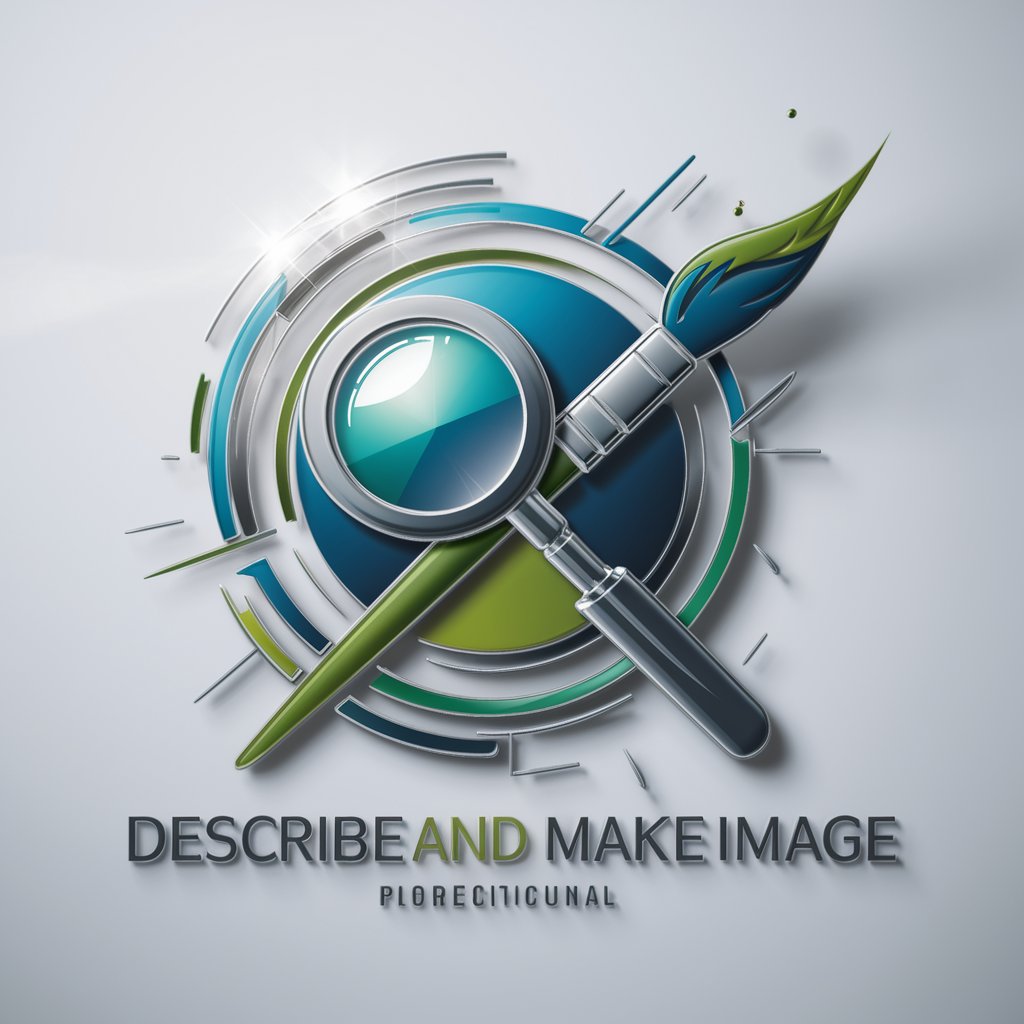
Product Describer
Empowering Fashion Descriptions with AI

Ultra Describe
Crafting Visuals with AI
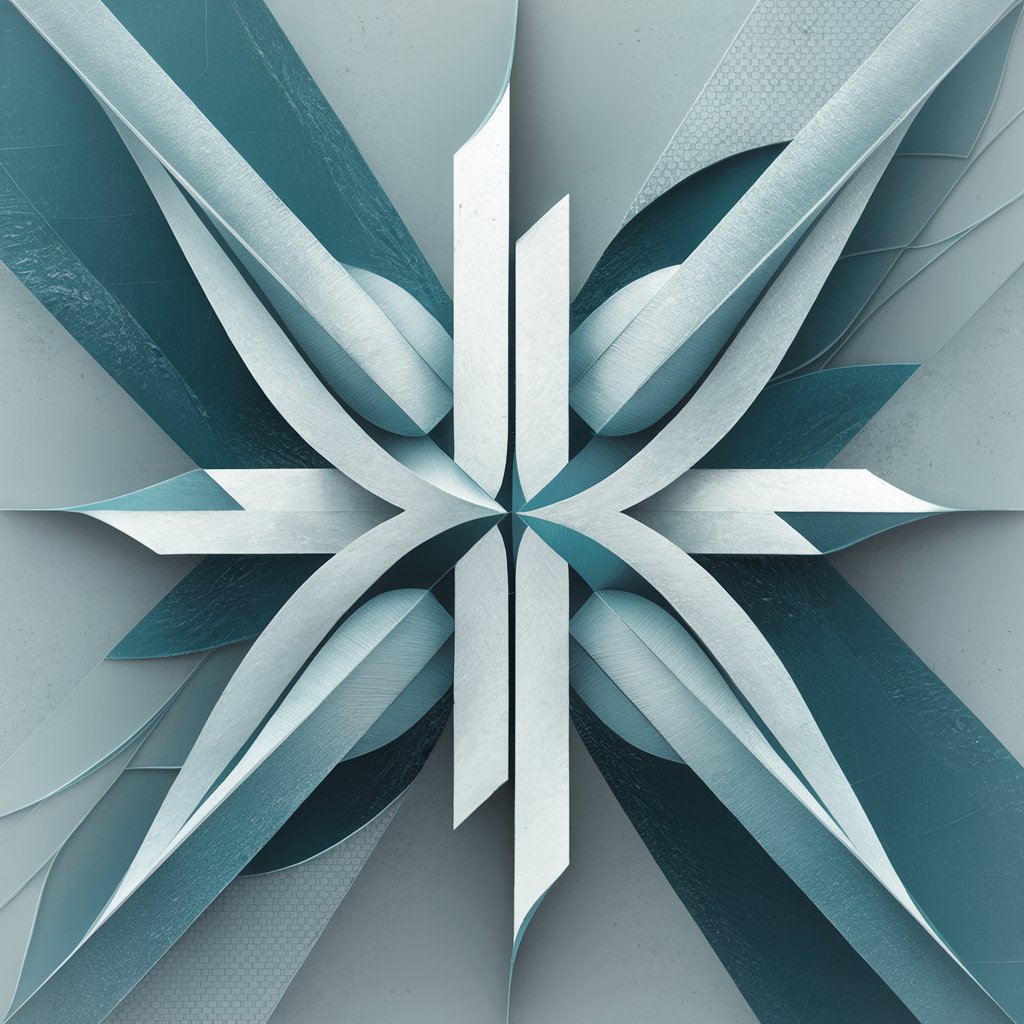
Cook Japanese Food Right
AI-powered Japanese Cuisine Mastery

Cook Vegetarian Food Right
Tailored Vegetarian Cooking with AI

Retire Right
Find Your Perfect Retirement Spot, Powered by AI

Cook Greek Food Right
Master Greek Cooking with AI

The Price is Right
Maximize savings with AI-powered deal hunting

Cite Right
Empowering Ethical Writing with AI

Frequently Asked Questions about Scene Describer
What is Scene Describer?
Scene Describer is an AI-powered tool designed to generate vivid and detailed descriptions of scenes based on user input. It's ideal for writers, artists, and content creators looking to bring their ideas to life with rich, immersive narratives.
How can Scene Describer help with creative projects?
Scene Describer provides detailed descriptions that can be used as inspiration or guidance for illustrations, storytelling, game design, and other creative projects. It helps to visualize concepts and scenes, making the creative process more efficient and inspiring.
What types of scenes can Scene Describer generate?
Scene Describer can generate a wide variety of scenes, from fantasy landscapes and sci-fi settings to realistic urban environments and historical backdrops. It allows customization of elements such as lighting, mood, characters, and specific details to suit different creative needs.
Can Scene Describer be used for academic purposes?
Yes, Scene Describer can be used for academic writing and research, especially in fields like literature, art, and creative studies. It can assist in generating descriptive content for essays, projects, and presentations, enhancing the clarity and vividness of academic narratives.
Are there any prerequisites for using Scene Describer?
There are no prerequisites for using Scene Describer. It is user-friendly and accessible to anyone interested in creating detailed scene descriptions. Familiarity with descriptive language or a clear vision of the desired output can enhance the results.
